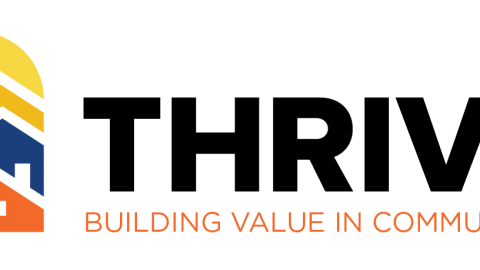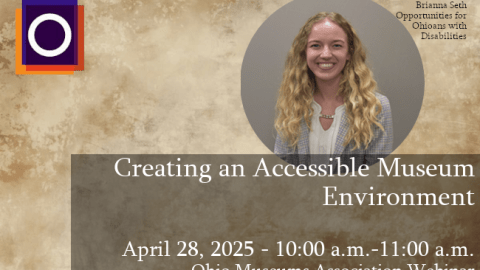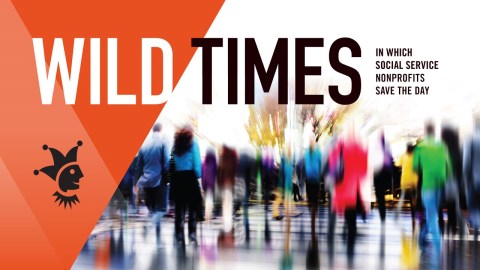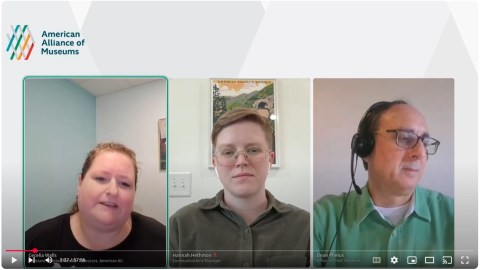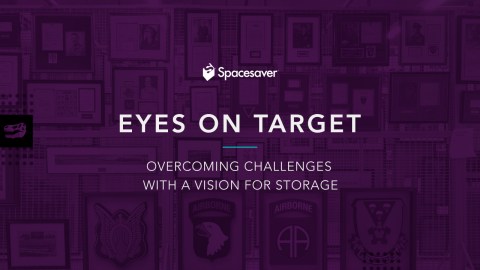Download a PDF copy of this guide.
Whether you are hosting a meeting, workshop, or seminar, there will be some form of invitation. This invitation, and all event communication, should be as accessible as possible, whether issued on paper, through email, on social media, or in some other form. Keep in mind that participants may include people who are blind or have low vision, people who are Deaf or hard of hearing, people who are not fluent in the language you are communicating in, and people with learning or other cognitive disabilities.
All forms of invitation should:
- Include appropriate access symbols.
- Use legible font, at a minimum size of twelve points, with high contrast between letter and background.
- Provide a way for people to ask questions or request accommodation.
- Use clear and plain language.
- Convey essential information.
- Give an RSVP deadline so that you can secure interpreters, CART reporters, or describers for attendees who request them.
- Include a contact number and email should someone have questions or need more information.
All electronic communication should:
- Be accessible to screen readers.
- Describe images and provide proper alt text.
- Include captioning for any video components.
- Clearly state language options.
All paper communication should:
- Also be available via email.
- Clearly state language options.
On any form of invitation, for requesting specific forms of access, you could provide a checklist or an open-ended question. Providing both, in addition to information about what is readily available, is best.
For example:
Assistive Listening Devices and large-print programs will be available.
Please indicate if you need any of the following by _____(date)
- Audio Description
- Braille
- American Sign Language interpretation
- CART
- Other, please describe:
Related Resources:
- Downloadable Disability Access Symbols
- Best Practices and Guidelines for Large Print Documents used by the Low Vision Community
Web Access
Alt-text

